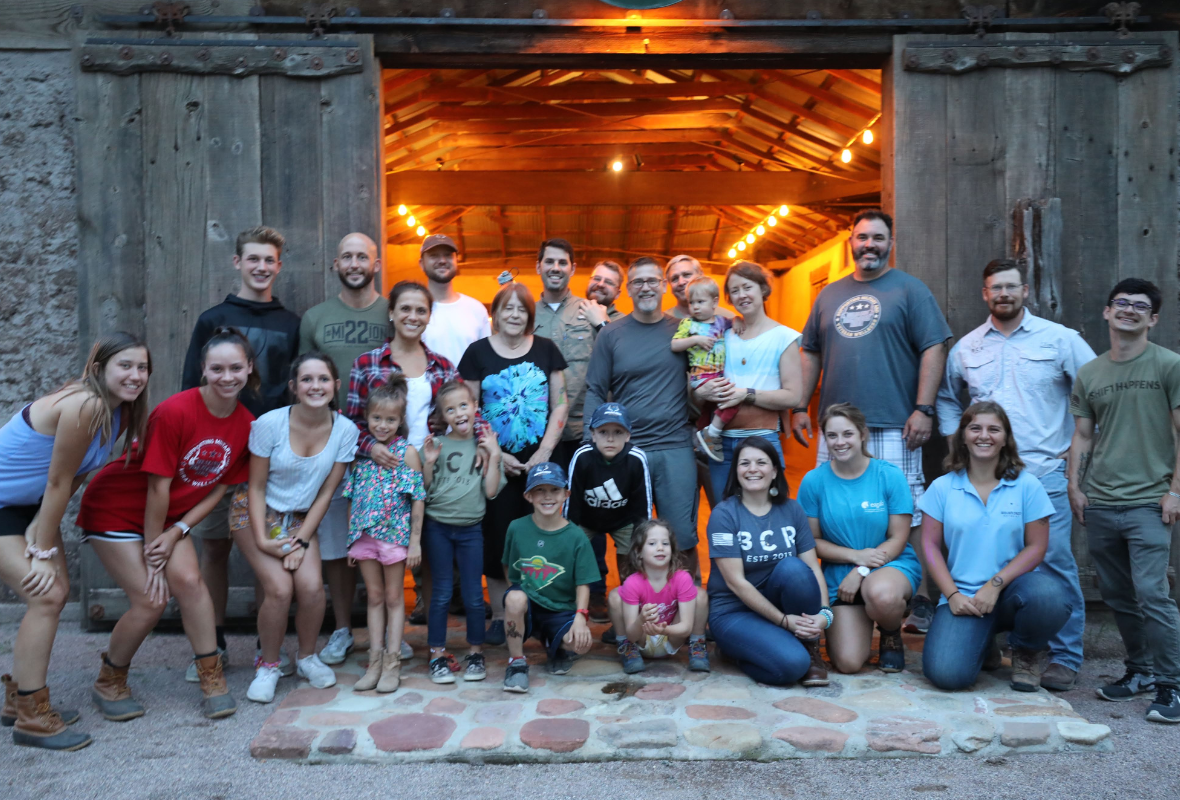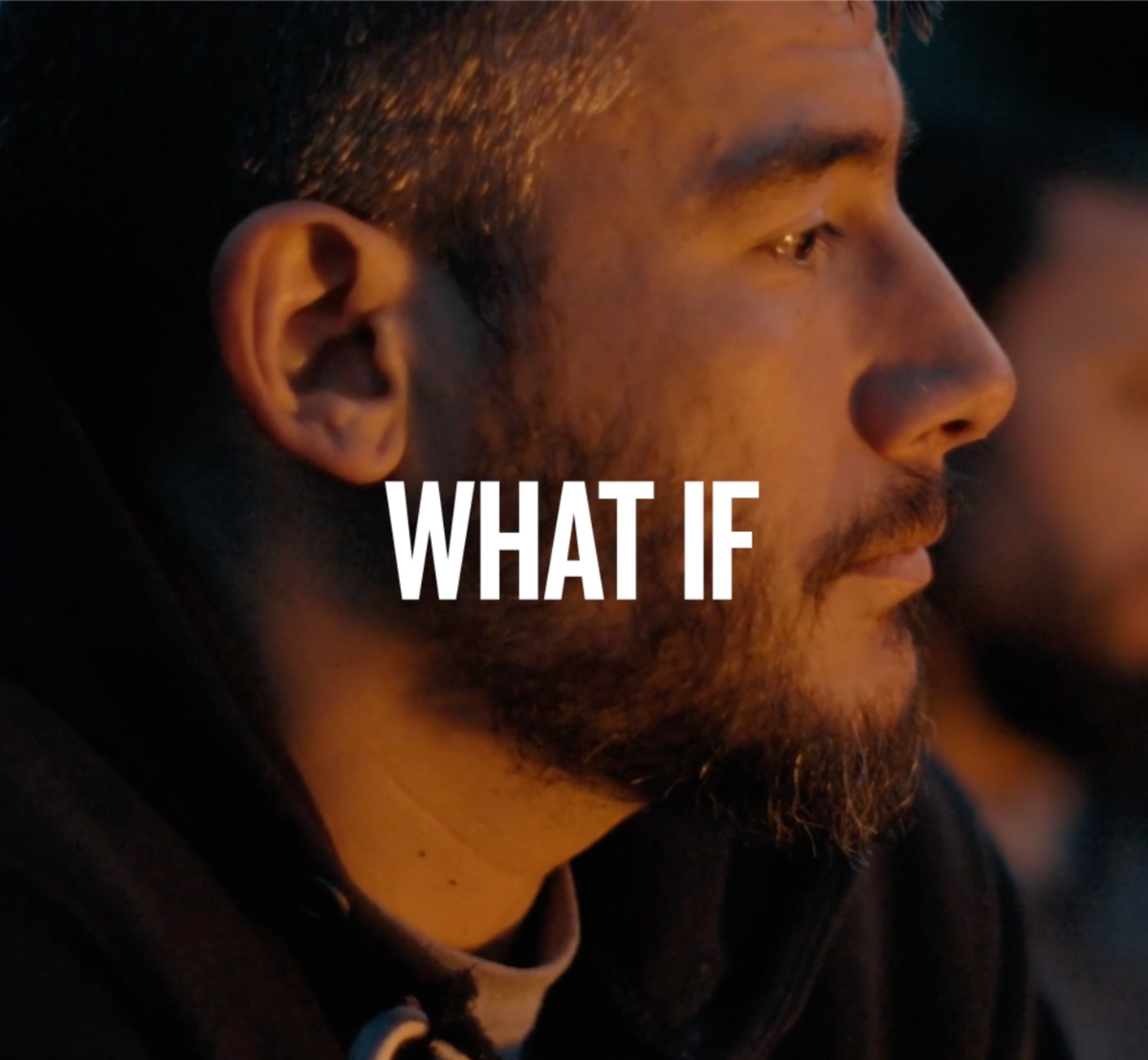The true opposite of suicide isn't prevention, it's a life worth living.
When it comes to mental health, the prevailing narrative is one of diminishment, dysfunction, disconnection, and diagnosis. This narrative, and the failure of mainstream treatments to do anything but help people better endure suffering and feel less bad, leaves far too many of those struggling with the belief that they are destined for a diminished existence.
This is a recipe not only for despair but also suicide — which is precisely what we are seeing across all of the communities we serve.
In fact, suicide rates rose more than tenfold from 2006 to 2020 amongst post 9/11 veterans, while the rate for the general US adult population remained flat. Even more alarming, veterans diagnosed with traumatic brain injury have a suicide rate of 56% higher than those without a head injury, and three times higher than the general population.
In 2020, the suicide rate among US veterans was 31.7 per 100 000, 57.3% greater than nonveterans, and suicide was the second leading cause of death for veterans younger than 45 years.
-JAMA Neurology, August 2023
An August 2023 retrospective study published by JAMA Neurology reported that despite enormous efforts by the Department of Defense and Veterans Affairs, current suicide prevention initiative and programs have had little impact.
“We were pretty stunned, honestly. Even though this is just a descriptive analysis, the trends are so alarming we felt we needed to report it as soon as possible,” said Jeffrey Howard, an associate professor of public health at the University of Texas at San Antonio who led the study.
The researchers found that from 2006 to 2020, 8,262 veterans died by suicide while 562,411 civilians died by suicide, which translates to a rate of roughly 42 per 100,000 for veterans versus roughly 18 per 100,000 for the general population when looking at the groups across the 15-year time frame.
The dramatic increase in the rate trend over the past 15 years was of significant note to the researchers.
“I think this points to the need to reevaluate how we are going about trying to reduce suicide,” Howard said. “I think it is not solely a clinical solution, but there is a need for a much broader, multifaceted approach.”
Howard said one of the biggest takeaways from the study is that the current approaches and efforts to prevent suicide in the military and veteran population “do not appear to have impacted the trend.”

We train heroes to thrive in the aftermath of trauma using the science of PTG
160k
people were served through our life-changing programs and PTG trainings
5-7x
more effective than traditional approaches to PTSD
2
In just two days, PATHH makes breakthroughs that would take the average medical model 12-14 months.
What is Posttraumatic Growth?
Posttraumatic Growth is a positive psychological transformation that can happen after trauma.
The science of PTG demonstrates that when we’re forced to reflect on our lives and make sense of the destruction caused by trauma, our struggles can become a catalyst for change.
Trauma does not have to be the end of the road, rather it can be the path to a new beginning.

If you are in crisis, please dial 988, the suicide crisis line, for help
Give strength & hope to those who serve
Your support powers life-changing programs offered at no charge to veterans, military, first responders, and their families. With your help, our Warriors won't just survive — they'll thrive.


